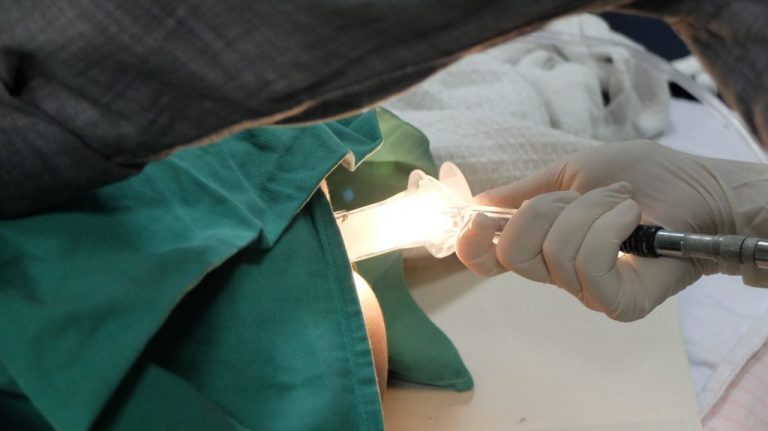
Elemental analysis rarely happens in pristine solutions; real samples arrive as seawater brines, digested foods, biofluids, or nanoparticle suspensions—each loaded with species that distort signals. Inductively Coupled Plasma Tandem Mass Spectrometry (ICP-MS/MS) has advanced rapidly to tame these complications, marrying high-temperature plasma ionization with interference-free mass selection. The latest innovations target matrix suppression, spectral overlaps, and tiny sample volumes common to modern studies. With that context, let’s unpack the breakthroughs that make ICP-MS/MS a first-choice tool for difficult samples.
What’s new & why It Matters for Complex Matrices
As regulations tighten and modalities diversify, analysts need sensitivity, robustness, and unequivocal identification at once. The following advances show how icp ms ms achieves that balance.
Smarter collision/reaction chemistry and mass-shift mode.
Modern tandem systems use Q1-cell-Q2 filtering and tuned gases (H₂, He, O₂, NH₃) to neutralize or transform interferences. By operating in mass-shift (e.g., driving As⁺→AsO⁺ at m/z 91 or Se⁺→SeO⁺ at m/z 96–98), instruments sidestep problematic overlaps like ArCl⁺ on As or ArO⁺ on Fe. Dynamic band-pass control and kinetic-energy discrimination further reject off-mass ions, giving confident results in brines, digests, and biological matrices.
High-matrix sample introduction that refuses to clog.
Ultra-high matrix introduction (UHMI), aerosol dilution, and robust cones extend tolerance to salts, organics, and dissolved solids. Paired with stable peristaltic delivery and refined spray chambers, these systems maintain plasma robustness while reducing daily maintenance. For laboratories screening wastewater, seawater, or protein digests, this translates to longer uptime and consistent detection limits without aggressive dilutions that would sacrifice sensitivity.

Hyphenated speciation for risk-relevant answers.
Toxicity depends on chemical form, not just totals. Coupling HPLC/IC/CE to ICP-MS/MS separates species before detection—discriminating, for example, Cr(VI) from Cr(III), inorganic from organic arsenicals, or free from protein-bound metals. In pharmaceutical workflows, HPLC-ICP-MS/MS maps platinum drug species or radiometal labels, clarifying exposure and clearance in challenging matrices like plasma, tissues, or cerebrospinal fluid (CSF).
Transient analytics: nanoparticles and single cells.
Time-resolved acquisition with micro-millisecond dead-time correction enables single-particle (spICP-MS/MS) and single-cell measurements amid intense backgrounds. Tandem mass filtering cleans up polyatomic noise, so labs can size nanoparticles in beverages, detect TiO₂ in supplements, or quantify metal-loaded vesicles. In DMPK contexts, it supports characterization of nano-carriers and metal-tagged biomolecules without losing fidelity to matrix noise.
Low-volume, high-certainty bioanalysis.
Micronebulizers, flow-injection loops, and isotope-dilution strategies deliver trace-level accuracy from tens of microliters—crucial when sample is scarce (e.g., pediatric plasma or CSF). ICP-MS/MS quantifies elemental signatures independent of molecular structure, enabling reliable PK of platinum agents, lanthanide-labeled biologics, or non-radioactive surrogates of radiopharmaceuticals. Combined with orthogonal LC-MS/MS, teams obtain a full picture: element-specific exposure plus molecular-level metabolism.
Automation, QA intelligence, and cleaner baselines.
Auto-dilution, on-line internal standards, and drift correction stabilize day-long runs across diverse matrices. Software now simulates reaction pathways, flags spectral risks, and enforces QC rules (blanks, CRMs, spike recoveries) in real time. Add improved clean-chemistry (ultrapure acids, PFA flow paths) and you get lower blanks and tighter uncertainty—exactly what regulators expect in water, food, and pharma submissions.
Practical mitigation for remaining challenges.
Matrix effects and contamination never vanish entirely. Best practice blends thoughtful prep (microwave digestion or gentle dilution), species-specific isotope dilution where available, matrix-matched calibration, and internal standards aligned by ionization potential. For stubborn isobars, alternate isotopes or refined reaction chemistry can rescue accuracy. The payoff is method ruggedness that survives day-to-day sample variability.
Conclusion
ICP-MS/MS has evolved from a sensitive detector into a resilient platform engineered for the messiness of real samples. Enhanced reaction-cell chemistry, rugged sample introduction, transient analytics, and intelligent QA collectively deliver trace-level certainty in high-salt waters, food digests, and biofluids. In pharmaceutical DMPK and beyond, these advances shorten method development, reduce maintenance, and raise confidence in regulatory-grade data. As workflows increasingly merge speciation, nanoparticle analytics, and low-volume bioanalysis, ICP-MS/MS is built to meet the complexity head-on.






